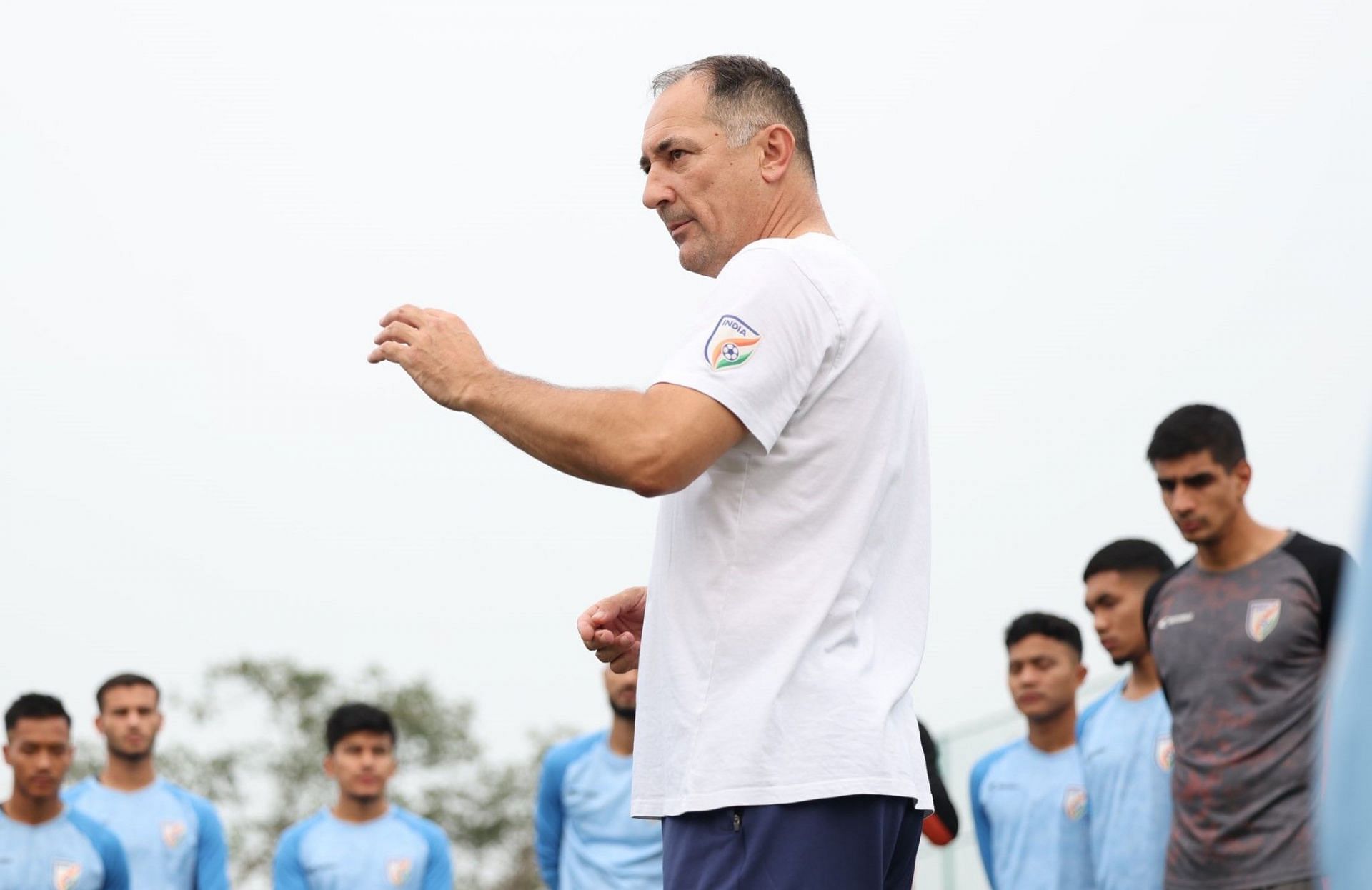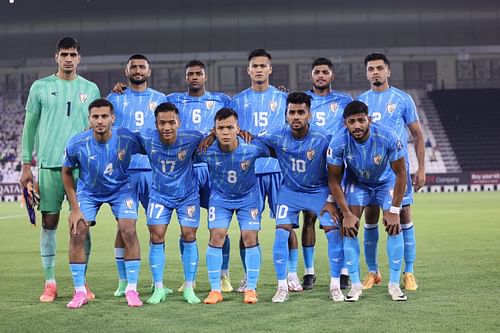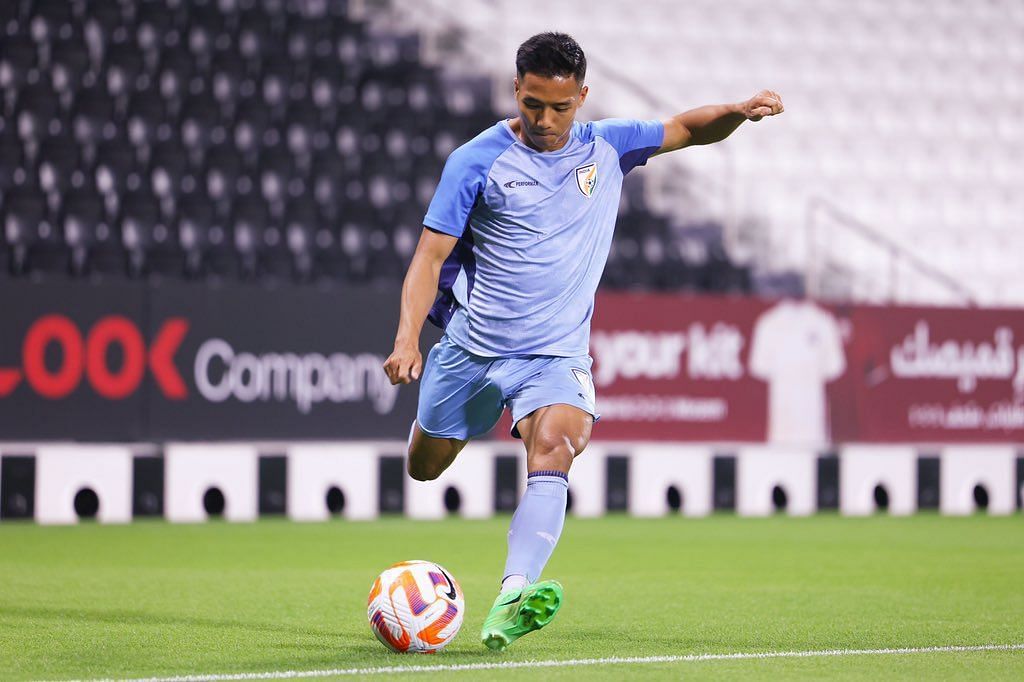
Why critical questions must be directed at AIFF and Igor Stimac about Indian football's precarious future
June 11 was a heart-rending day for Indian football. A day where hope initially filled the air when Lallianzuala Chhangte drifted into the penalty area and calmly placed the ball into the net. Yet, as has often been the case for Indian football over the decades, that hope was momentary.
Qatar’s controversial equalizer, followed by a decisive second goal, quickly dashed India’s dreams of advancing to the FIFA World Cup 2026 qualification rounds.
That controversy naturally dominated the narrative. The ball was clearly out of play when Hashmi Al Hussain poked it back to Yousef Aymen, and despite the protests, the goal was allowed to stand, leaving India feeling aggrieved.
While the ambition to make history by reaching the third round for the first time was evident, disappointment was also present when reflecting on the broader context.
India entered the game needing a victory, but it became a necessity only because they managed to secure just a point against Afghanistan in two games. Meanwhile, Kuwait, who advanced at India’s expense despite not defeating them in either leg, capitalized by winning six points against the group’s bottom team.
Thus, while the immediate headlines focus on the controversy, the more pressing issue is India’s performance under Igor Stimac over the past months, having won just one of their last 11 games. The Blue Tigers may feel wronged in Doha, but questions have to be raised at their next course of action.
The questions surrounding Igor Stimac and his struggling Indian team

Igor Stimac’s future certainly hangs in the balance. In March, when India suffered an unexpected defeat to Afghanistan in Guwahati, Stimac stated that he would resign if they failed to reach the third round of the qualifiers. Two months later, despite some signs of promise, the results remain unchanged with a draw and a defeat, effectively sealing India’s fate.
Recent reports have suggested that Stimac is unlikely to depart due to the contractual challenges the AIFF would face in a mutual separation. Consequently, serious questions must be raised about the Croatian’s continued leadership.
The majority of the supporters have lost faith in Stimac, unhappy with his off-field controversies and tactical approach. The statistics are also telling - India have scored only two goals from open play (three in total) in their last 11 games while conceding 13.
The primary question, however, should be about the tactical identity on the pitch. Where is the style of play that was evident in 2023, when India won three trophies and went on an 11-game unbeaten streak? The 2024 team, despite featuring many experienced players, seems a shadow of last year’s side. What has changed in that period?
Injuries to key players and refereeing blunders might be possible explanations, but they cannot serve as excuses for India’s performances. The Blue Tigers have struggled to maintain control of games. They only seem to excel in brief spells, which is troubling for a team aspiring to progress and challenge stronger sides.
Against the likes of Uzbekistan, Syria, and Kuwait, who India had the potential to go toe-to-toe with, they lacked a clear approach, with Stimac frequently altering both personnel and tactics.
Initially, they aimed to build from the back with short, quick passes to advance into the final third. However, when under pressure, they often abandoned this approach in favor of aimless long balls toward the forwards and bypassed the midfield where their creative players operate.
India’s core players, meanwhile, have been in excellent form with their clubs. Chhangte, for instance, scored eight goals in his last nine games, leading Mumbai City FC to ISL success. Fernandes was the ISL’s highest chance creator, while Manvir Singh and Liston Colaco thrived under Antonio Habas at Mohun Bagan. Naorem Mahesh Singh (who didn’t play even a minute in the recent international break), Jeakson Singh, Anwar Ali, and Rahul Bheke have all been pivotal in their teams’ successes.
So why can’t these players replicate their club performances for the national team? Is it a matter of not playing to their strengths, or are they simply lacking confidence when they step onto the pitch?

The number of games in the domestic circuit is also set to increase next season, with several national team players potentially playing matches every three days. This raises important questions about how the club and the AIFF plan to prevent injuries and improve fitness levels, given that tight schedules and rushing players back onto the pitch have created problems in the past.
Ultimately, with Indian football, progress often seems like one step forward and two steps back. This stagnation has resurfaced, leaving the Federation with much to contemplate, and the coming months will certainly be crucial in determining their direction.
If Stimac is to extend his tenure, pressing questions must be asked about his plans and vision for India’s future, especially as the team moves forward without its only guiding light of the past two decades, Sunil Chhetri. But for once, it’s imperative to have transparent and candid discussions about where Indian football is heading towards, as the path forward appears blurry after June 11.